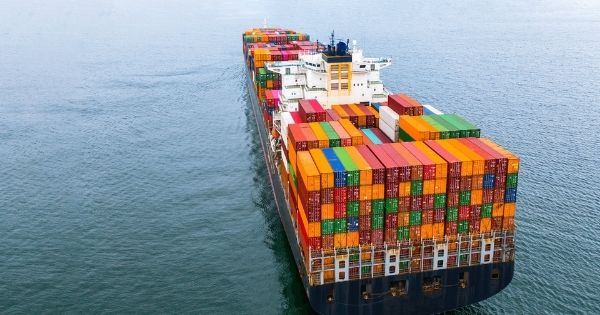No products in the cart.
Sea-Intelligence emphasized: “This is the highest that this figure has been on the trade lane in the 2012-2021 period”.
The Danish researchers found that this growth was due to the services of shipping lines that are not part of the alliances, which increased sharply from 9-11 weekly services between 2017-2020 to 23 in August 2021.
The pre-pandemic data only showed 10 weekly services of non-union shipping lines, 13 new services of non-union shipping lines were put into operation, 12 of which were deployed first announced in 2021, according to the Sea-Intelligence report, all of these services are stand-alone services.
Sea-Intelligence explains: “The operating carrier has a full allocation of the capacity on board each vessel, with three of these services offered by newcomers on the trade, two by CU Lines and ane by BAL Container Lines.”
The percentage of deployed capacity currently stands at 28.6%, well above the pre-pandemic level of 22.8%.
Furthermore, this number is expected to fluctuate between 28%-31% in the coming weeks, meaning that almost a third of capacity on the Asia-North America West Coast shipping route is being provided by services of non-union shipping lines.
Sea-Intelligence emphasized: “With container supply unable to match demand, and freight rates at the heights they are currently at, there is an obvious benefit to be had by the carriers.” Sea-Intelligence added: “Our analysis showed that carriers are perhaps looking to benefit from the current environment, offering standalone services, knowing that not only will they be able to fill up the vessels, but will also be able to get very high freight rates for them.”








